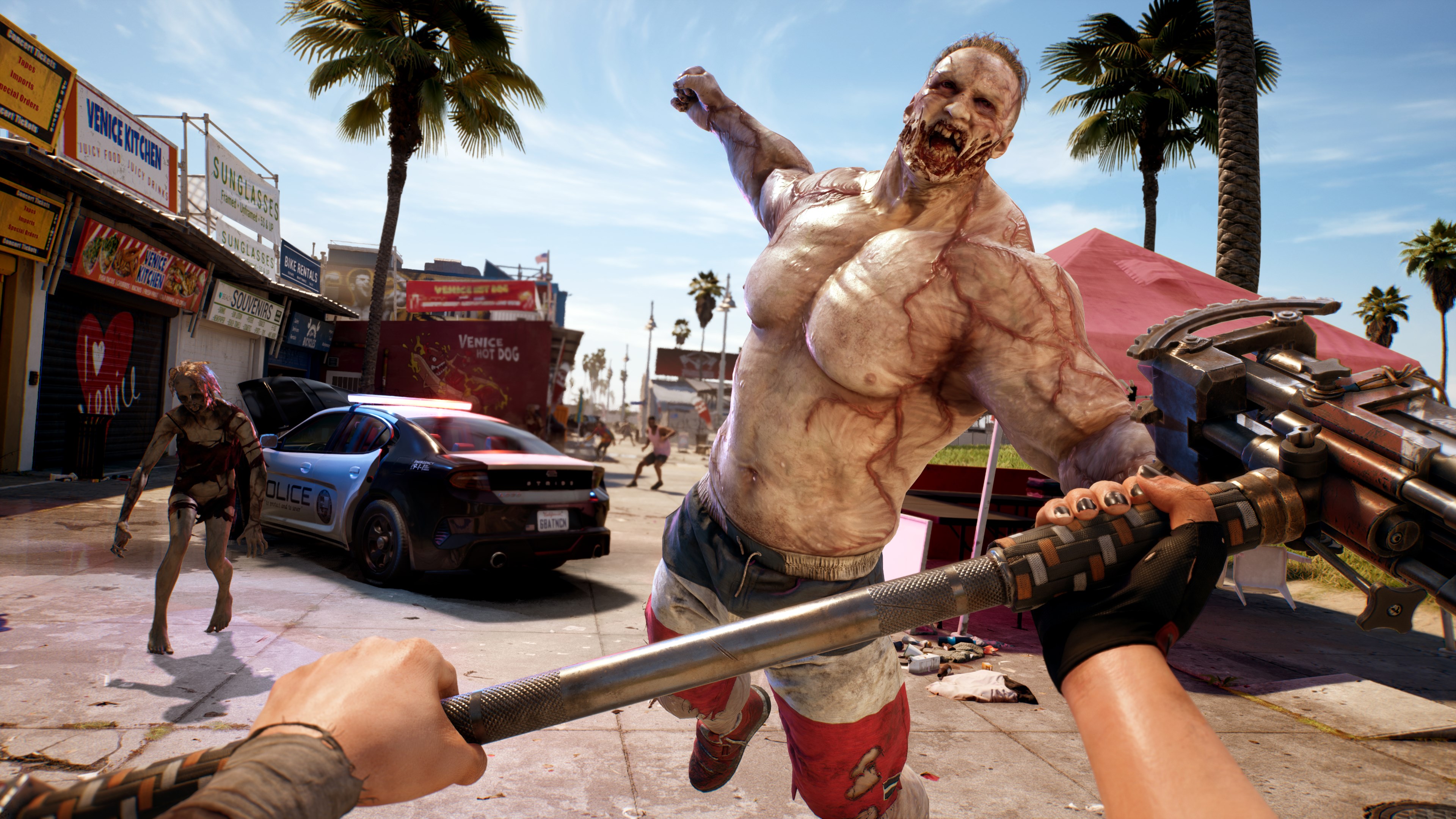
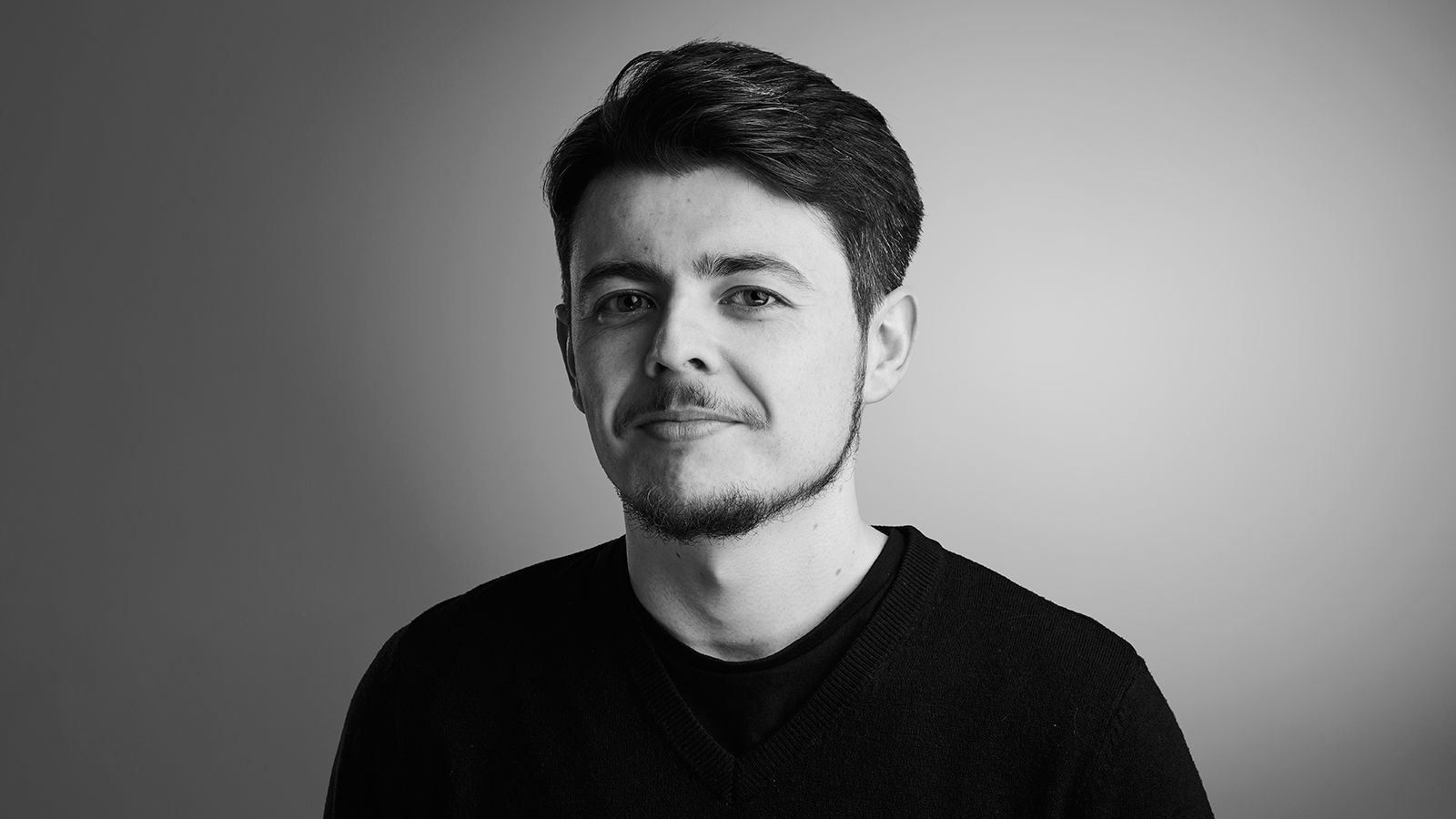
Dead Island 2 is one of those rare games that you can't believe actually exists... like really exists. Not just a CG trailer or name drop during a company's financials report – no, this is a game that is fully playable and is set to launch in the next six months.
Originally revealed to the world with a first trailer at E3 2014, the zombie killing series returns after being passed off from Yager Development to Sumo Digital before then being worked on internally at Deep Silver. The expectation is high. But has the zombie genre peaked for good over the last decade? Is there still room for innovation? Does it need innovation at all, or can you just keep it simple? These are the answers we need.
To find out more, T3 spoke to Deep Silver Dambuster Studios game director David Stenton and lead narrative designer Ayesha Khan about what it's like bringing back the Dead Island 2 from, well... the dead.
Please note this interview has been edited for length and clarity.
T3: Can you give us an overview of what Dead Island 2 is?
David Stenton: Dead Island 2 is a zombie-slaying action RPG set in Los Angeles. It takes place on an amazing rollercoaster journey through all the postcard locations of LA, from the beaches of Santa Monica and Venice to the luxurious mansions of Beverly Hills and Bel-Air and beyond. It’s all playable in three-player co-op.
T3: Can you tell me about the characters? I'm I correct in thinking there are six?
Sign up to the T3 newsletter for smarter living straight to your inbox
Get all the latest news, reviews, deals and buying guides on gorgeous tech, home and active products from the T3 experts
Ayesha Khan: Yes. So we have six playable characters – our zombie slayers. They’ve been a lot of fun to create. From a gameplay point of view, they do play slightly differently. Some of them are slightly better at things than others. But especially from my point of view, as the narrative person, they all have a unique voice. They all have these really big, fabulous, larger-than-life personalities.
Having each of them have their own reactions to events in the main quest, as well as side content, has been really fun. They were all written by different people. They’ve got very different voices. They’ve got great voice actors behind them. It’s been a joy.
T3: Can you play as every character in every level? Or is it only certain characters on certain levels?
Ayesha Khan: You select it at the beginning, and then you have that character throughout the game.
T3: It’s one character throughout the whole game?
If you want to play a different character, you need to start a new game.
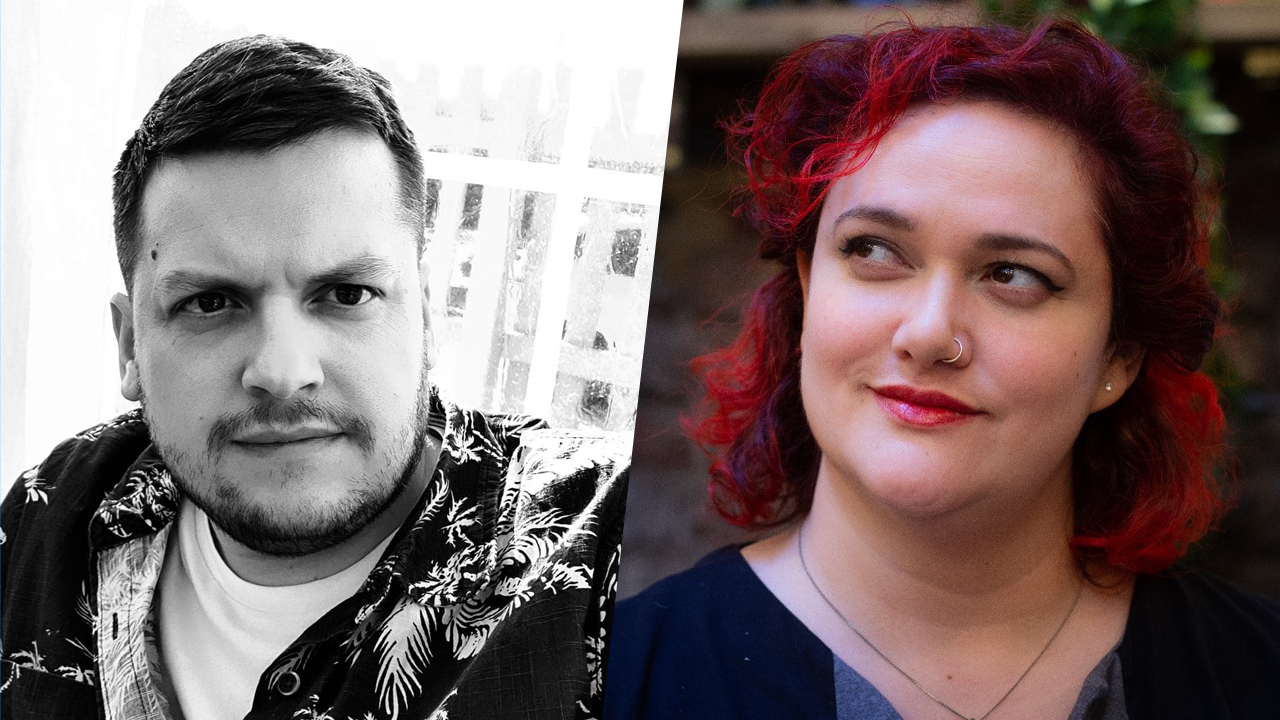
T3: Does the story change at all if you pick a different character?
Ayesha Khan: So we did want to make sure that the story was actually fairly linear because we have three-player co-op. If the first player is on branch number 72 and the second player is only on branch number 46 because they made different decisions for a different character, that makes it really difficult to play well together.
So the fun thing, though, is that since each character has such different personalities, they all react to the same cues, the same scenes or whatever, quite differently. And it was a really interesting challenge from a technical and narrative point of view to make those conversations make sense.
Would you say there’s a lot of replayability, then?
Ayesha Khan: I think so. I think you get quite a different sort of vibe with each character when you play the same story again.
T3: How hard is co-op and how important is it as a whole to Dead Island 2 with it being a major part of the first one?
David Stenton: It's important. I mean, we’re confirming today a three-player campaign co-op. There’ll be a lot more we can talk about in the future but not so much for the moment.
Ayesha Khan: We’ve got to have something to hype people up with.
T3: Dead Island 2 was originally announced way back in 2014. From your point of view, what happened?
Ayesha Khan: We got the project in 2018 and we built it, essentially, from the ground up, tech-wise. We kept the setting. We kept a bit of the premise but otherwise, it’s a fresh start. It’s our game. It’s our version of it, for sure. So, yeah. We can’t really comment on other people’s work.
T3: From that original 2014 trailer, then, how much of that vision would you say is the same as what it is today?
David Stenton: It was more the location, really. One of the franchise pillars of Dead Island has always been a paradise gone to hell. We were thinking about the luxurious hotel resort of Banoi in the first game, and we think LA is a really rich backdrop. Not only is it a metaphorical dead island with the quarantine and not knowing what the state of the rest of America is outside of LA in the story – it’s got an amazing roster of locations, and all sorts of interesting, different characters to meet within LA. So it worked so well for us on multiple levels.
Ayesha Khan: I think what you’re asking is, will people who watch that trailer might be disappointed in our game? I really don’t think they will be. We have a slightly different tone but it’s really in the same wheelhouse, and I think that they should be pretty happy when they get there.
T3: Almost 12 years have passed between the first and the second game. How do you address those expectations?
Ayesha Khan: Actually, our game is set in the same universe as Dead Island and chronologically speaking, it’s roughly that much time that has passed since the events of Dead Island. It’s a new cast of characters and it’s a new situation but fans of the game could probably recognise one or two familiar faces if they look for them.
T3: So, not a direct sequel?
Ayesha Khan: Well, we didn’t want to gate the enjoyment of Dead Island 2 behind knowledge that you would have needed by playing Dead Island. There are little bits here and there for people that played the first one. We’re taking some of the themes from the first one and looking at the virus and infection from a little bit of a higher level, and delving into that a little more. Hopefully, the fans who like lore can find it.
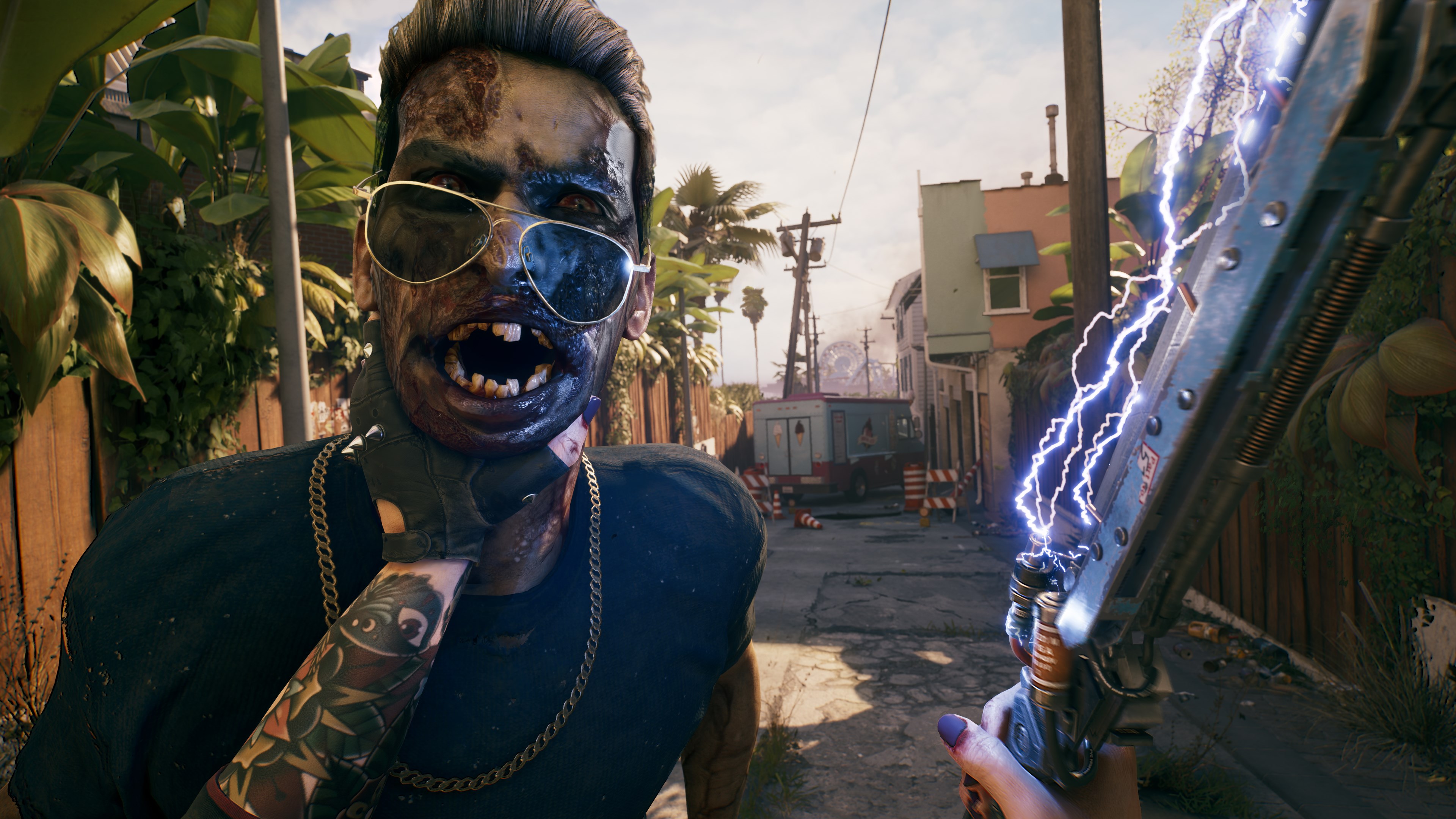
With that, how do you separate yourself from the competition in the zombie genre? The Last of Us was released after the first Dead Island, and arguably changed the zombie genre.
David Stenton: Two big differences really for us are our core tone, which Khan has already touched on a little bit. But for our main gameplay, it’s our up-close-and-personal, visceral combat. It’s something that we set out our stall to really be the best in class for that, from day one.
To that extent, we spent years developing our own tech. So in the presentation, we call it our FLESH system – a Fully Locational Evisceration System for Humanoids. What that allows us to do is build our zombies literally from the inside-out, so they have their own internally modelled organs and skeleton and flesh and bone and fat.
Ayesha Khan: And you set it on fire.
David Stenton: It’s not just incredible visuals, but we always wanted to fully procedurally be able to dismember zombies at any point. So you can do all kinds of incredibly stylish kills with the zombies, but it also has a really important role to play in the gameplay as well. So delivering on that visceral combat was really something that I think we’ve hopefully achieved. We’ve got fantastic feedback on that from the demo.
Ayesha Khan: I’d say that one other way – speaking of stylish – Los Angeles is famously full of Los Angelinos, and they’re sometimes a little kooky. We don’t have a sort of faceless hoard of grey, brown zombies that all look the same. Our zombies very much were people, and they were people from Los Angeles. They’re wearing street style. They’re in a bikini if they’re at the beach. They’re locationally appropriate. There’s a lot of variance in the gameplay as well as visual variations.
T3: From the demo, I just played there I noticed lots of different models. Do you know how many in total there are in different variations?
David Stenton: A lot – dozens and dozens of visual variations. Plenty of gameplay variations.
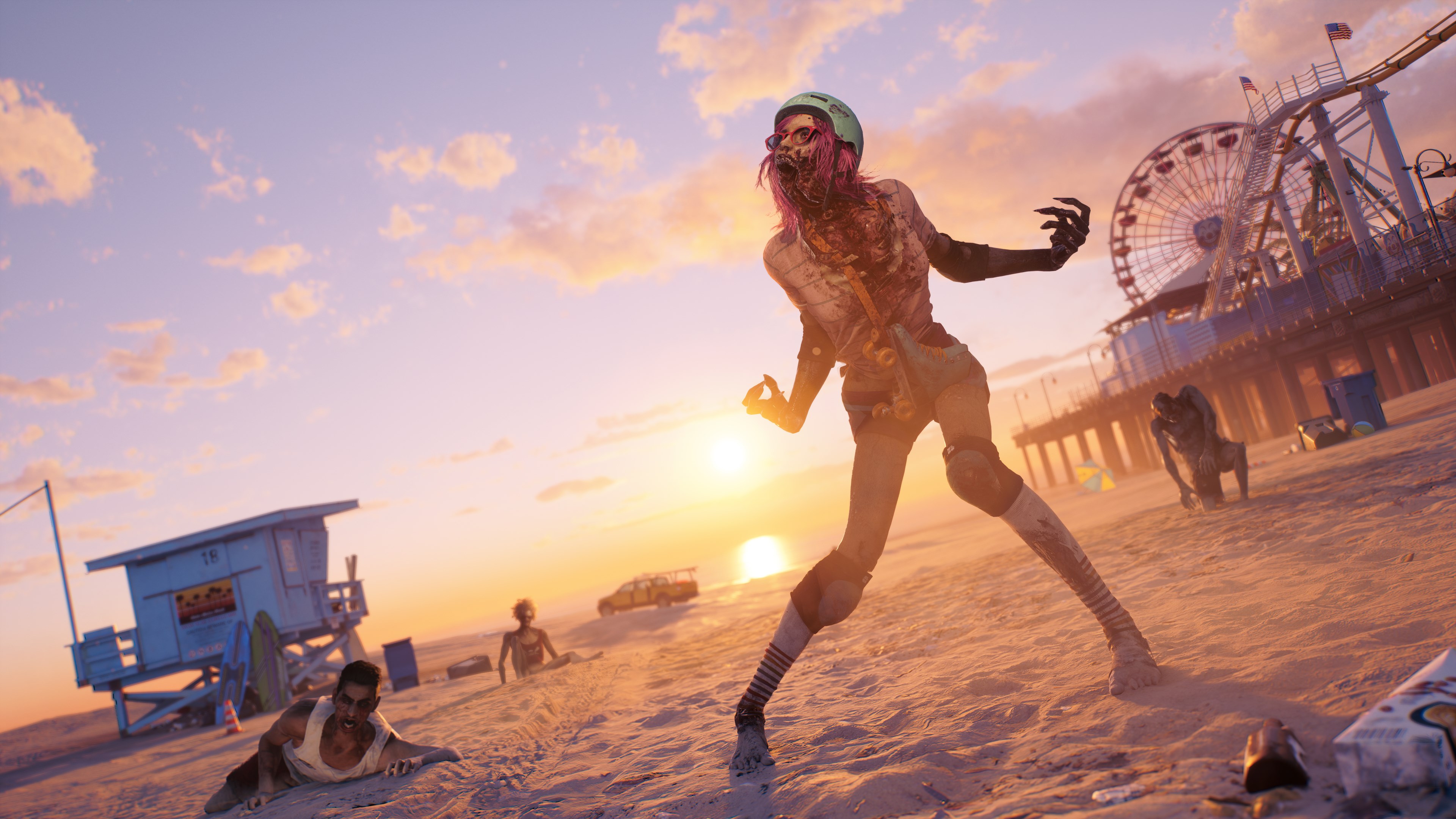
T3: From your perspective, how much have you taken advantage of next-gen capabilities?
David Stenton: I can tell you that the demo that you played was running at 4K 60 frames per second on PC.
T3: Any final teases?
Ayesha Khan: I would encourage players who are into the lore: poke your nose into every little corner of the room. We focused on a really rich and detailed world over just a sort of vast, endless one. Every corner has artistic details, world-building details, the audio journal – you know, someone’s recording. if you’re not into that stuff, you can just go through the main campaign, you can get the main touchpoints, and that’s fine.
Finally, I’ll give you a teaser that I don’t think is spoiling anything. Listen for a zombie reacting to a meditation tape. I think that was one of the funniest, little extra moments.
Dead Island 2 is scheduled to launch on February 3rd, 2023, across PlayStation 5, PlayStation 4, Xbox Series X/S, Xbox One and Microsoft Windows.

Matt is a freelance writer for T3, covering news and keeping up with everything games, entertainment, and all manner of tech. You can find his work across numerous sites across the web, including TechRadar, IGN, GamesRadar, Tom's Guide, Fandom, NME, and more. In his spare time, Matt is an avid cinema-goer, keen runner and average golfer (at best). You can follow him @MattPoskitt64

